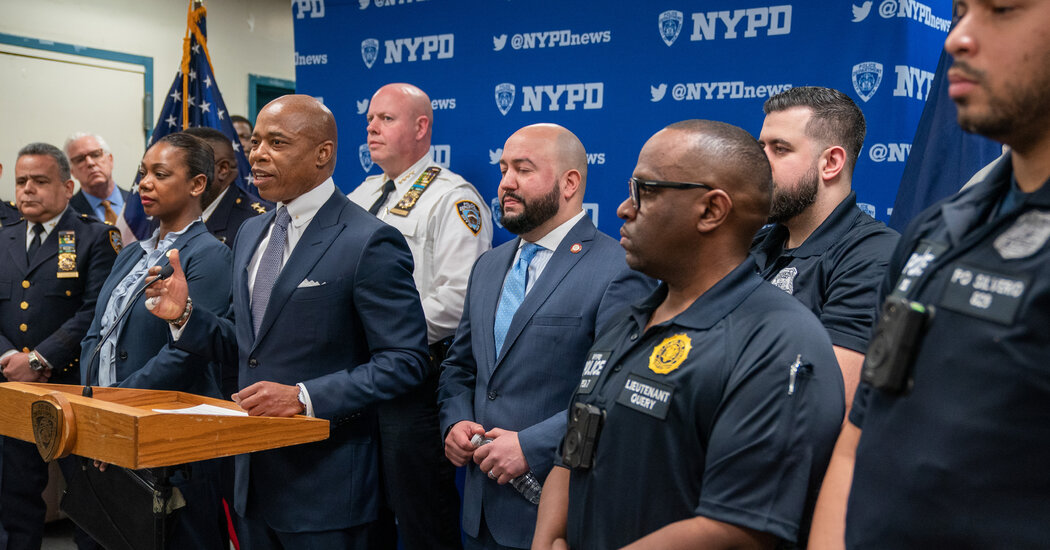
“I feel like I’m in a time warp,” said Assemblywoman Latrice M. Walker, whose Brooklyn district includes neighborhoods that are slated for greater quality-of-life-issue enforcement. “I know that the calendar says 2022. But a return to ‘broken-windows’ policing makes me feel like it’s 1994 and Rudy Giuliani is the mayor, stop-and-frisk is out of control, and the N.Y.P.D. is harassing Black and brown New Yorkers.”
Across the country, the politics of public safety have been dramatically reordered over the last two years, first by social justice protests following the police killing of George Floyd, and then by a rise in gun violence amid the pandemic. Nowhere has that trajectory been clearer than in New York City, where Mr. Adams, the city’s second Black mayor, won last year by promoting both safety and racial justice.
His police commissioner, Keechant L. Sewell, insisted in a statement that the new quality-of-life initiative was “NOT a return” to stop-and-frisk, and later said the enforcement push would narrowly focus on the people and behaviors driving crime. It remains to be seen whether the initiative will be picked up by the city’s district attorneys, who have long been reluctant to prosecute low-level offenses.
And Mr. Adams, who has relayed his own experience with police brutality and sought to battle injustice from within the Police Department, said that technologies like cameras would help guard against police misconduct, and that there would be efforts to get community input around enforcement of quality-of-life issues.
“Prior to Mayor Giuliani being mayor, I talked about, that communities of color in particular, deserve the same quality of life as affluent communities,” he said. “The residents of these communities have been saying we want the quality of life we deserve, and we can get it without being abusive.”
Police officials said the new plan is designed to address a sharp pandemic-era increase in quality-of-life complaints for things like public drinking and loitering. Chief Michael LiPetri, who is in charge of crime control strategies, said that during warmer months, nearly a third of shootings are tied to disorder and low-level crime.




